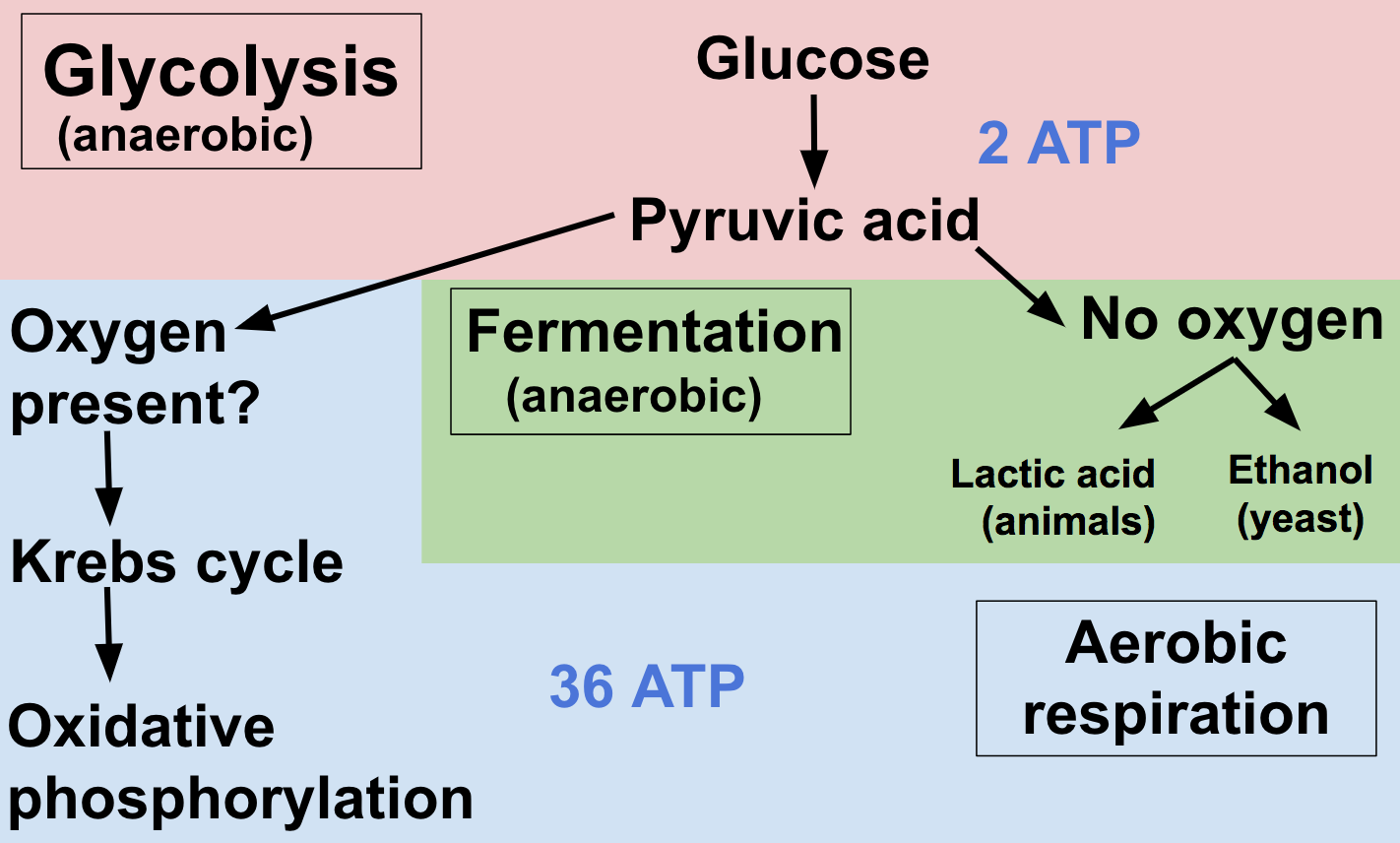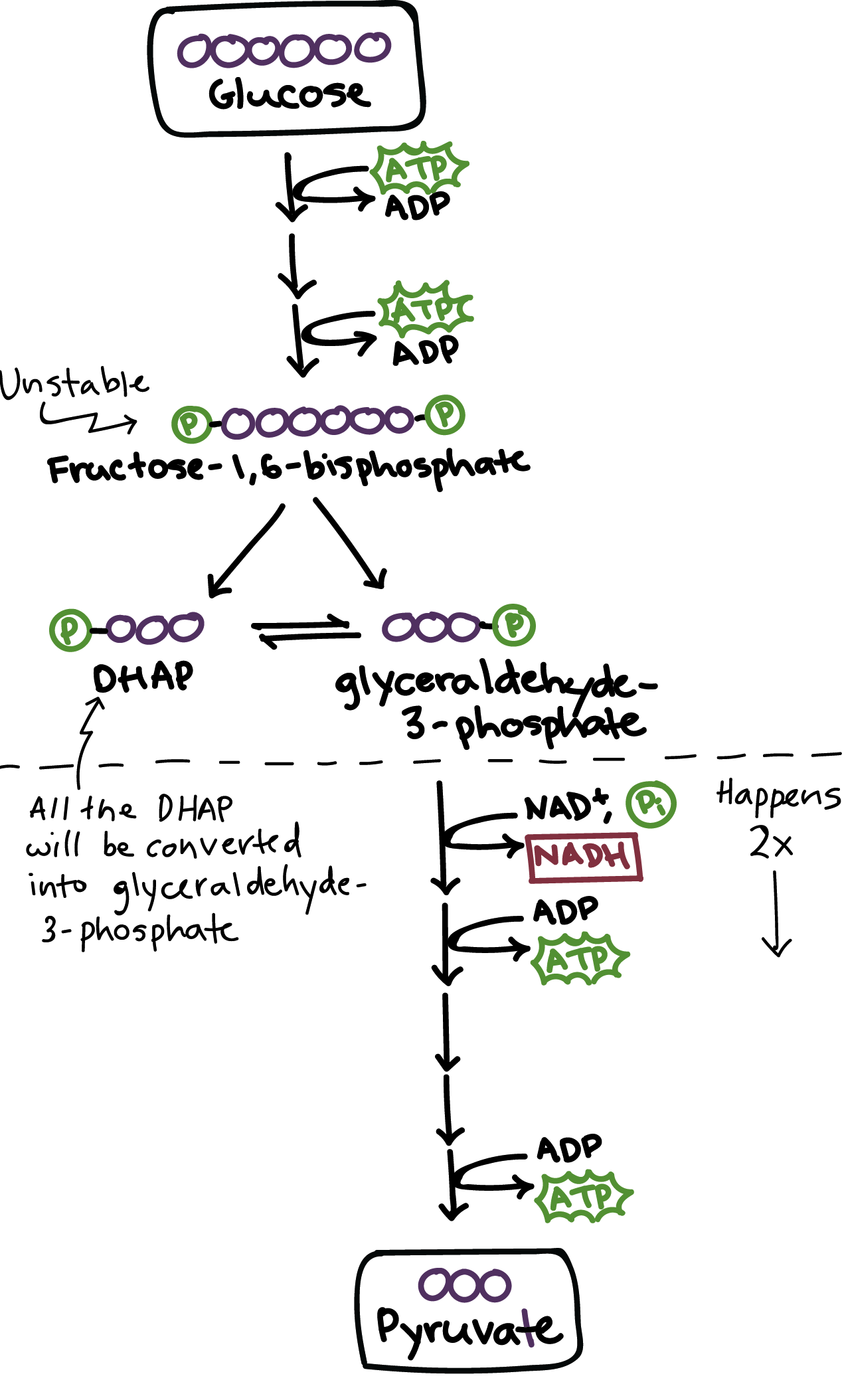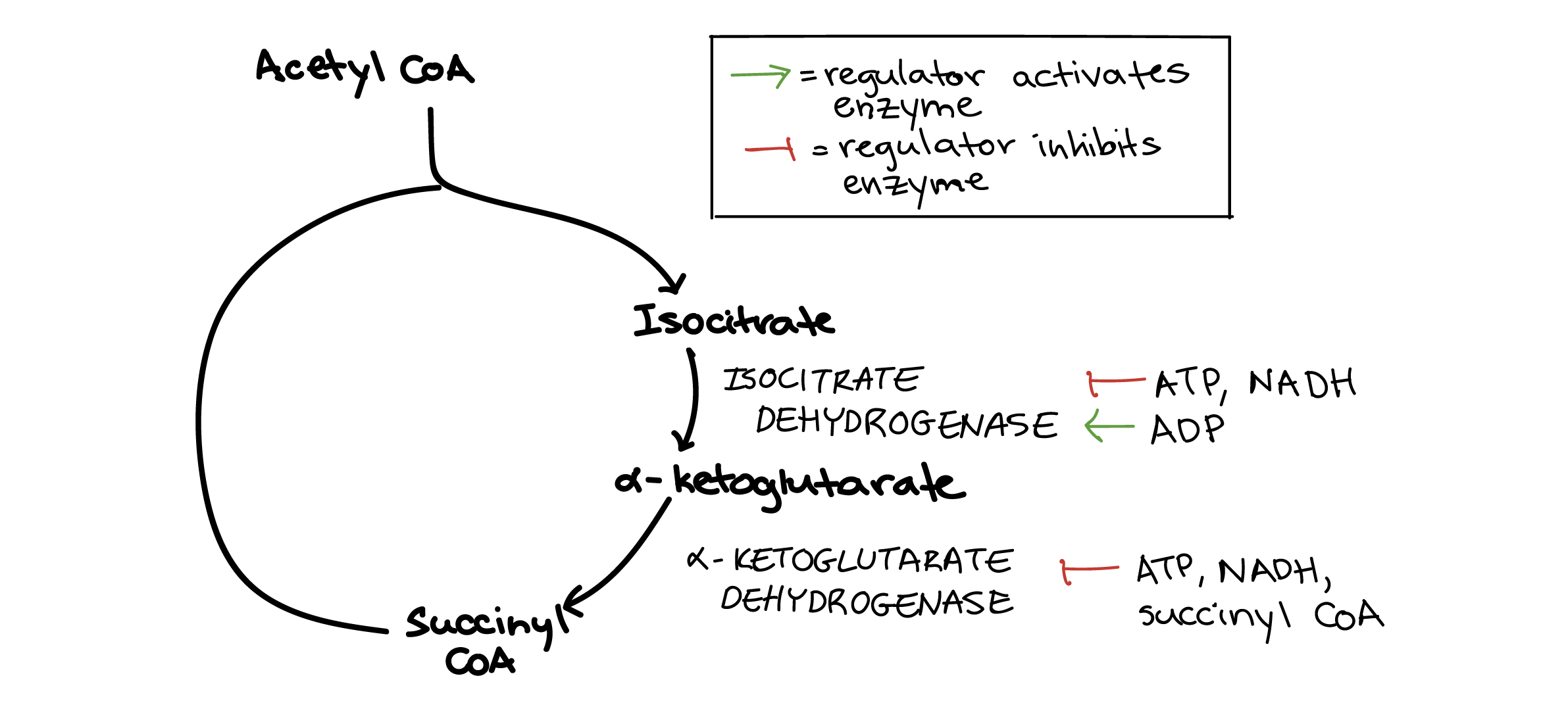Cellular Respiration Meaning In Biology

The principal carbohydrate formed through photosynthesis is glucose.
Cellular respiration meaning in biology. The respiration occurring at the cellular level wherein the cells produce energy by combining oxygen with food molecules is called cellular respiration. A series of metabolic processes that take place within a cell in which the biochemical energy is harvested from an organic substance eg. In contrast to simple combustion cellular respiration involves the step-wise release of energy in a tightly regulated fashion.
Some organisms such as plants can trap the energy in sunlight through photosynthesis see Chapter 5 and store it in the chemical bonds of carbohydrate molecules. Other types of organisms such as animals fungi many protozoa and a large. Organisms that do not depend on oxygen degrade foodstuffs in a process called fermentation.
In this process glucose is broken down in the presence of molecular oxygen into six molecules of carbon dioxide and much of the energy released is preserved by turning ADP and free phosphate into ATP. Aerobic respiration requires oxygen to fully oxidise the organic molecule. During cellular respiration glucose in the presence of oxygen is converted into carbon dioxide and water.
Heterotrophs like humans ingest other living things to obtain glucose. Anaerobic respiration is another type of cellular respiration that takes place in the absence of oxygen and produces energy. In the cells of any non-photosynthetic eukaryote such as a person bread mold or a paramecium glucose and oxygen are going to come from outside the cell.
Hydrolysis Breaking a bond in a molecule and splitting it into smaller molecules through a reaction with water. Both aerobic and anaerobic respiration involve chemical reactions which take place in the cell to produce energy which is needed for active processes. Refer to the image below for a quick overview of the process taking place during this respiration.
Glycolysis is the first step in the breakdown of glucose to extract energy for cellular metabolism. Cellular respiration Energy from nutrients is converted into ATP. Glycolysis consists of an energy-requiring phase followed by an energy-releasing phase.



















